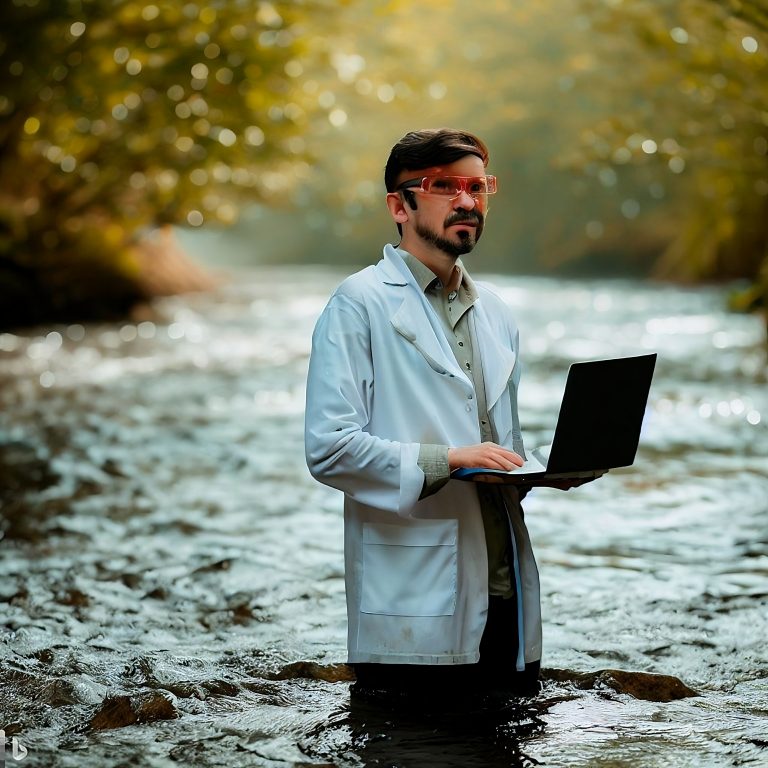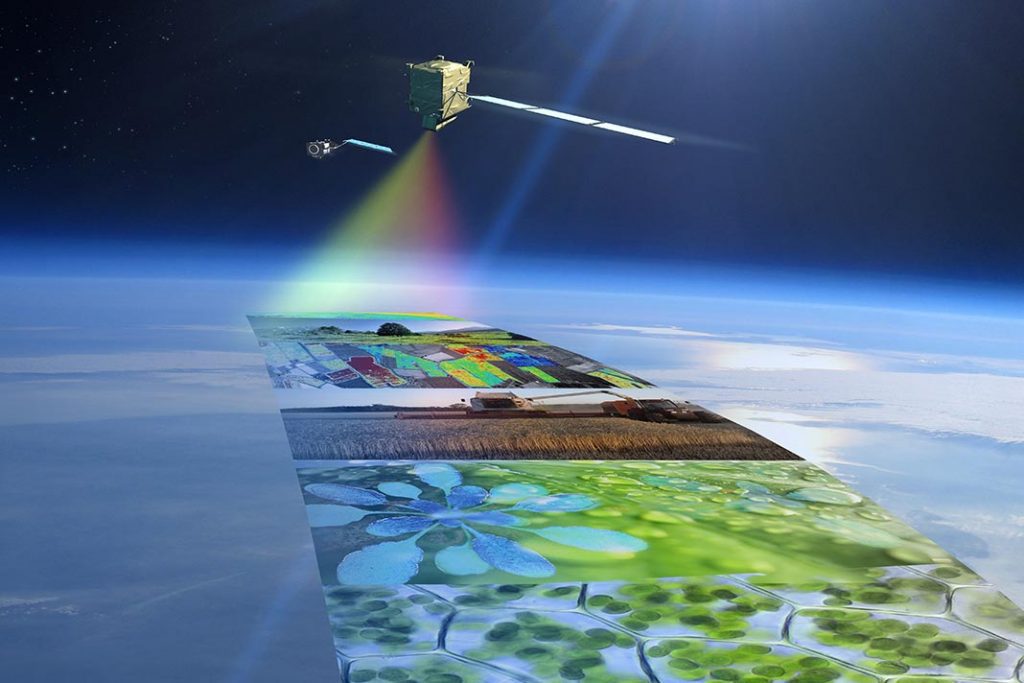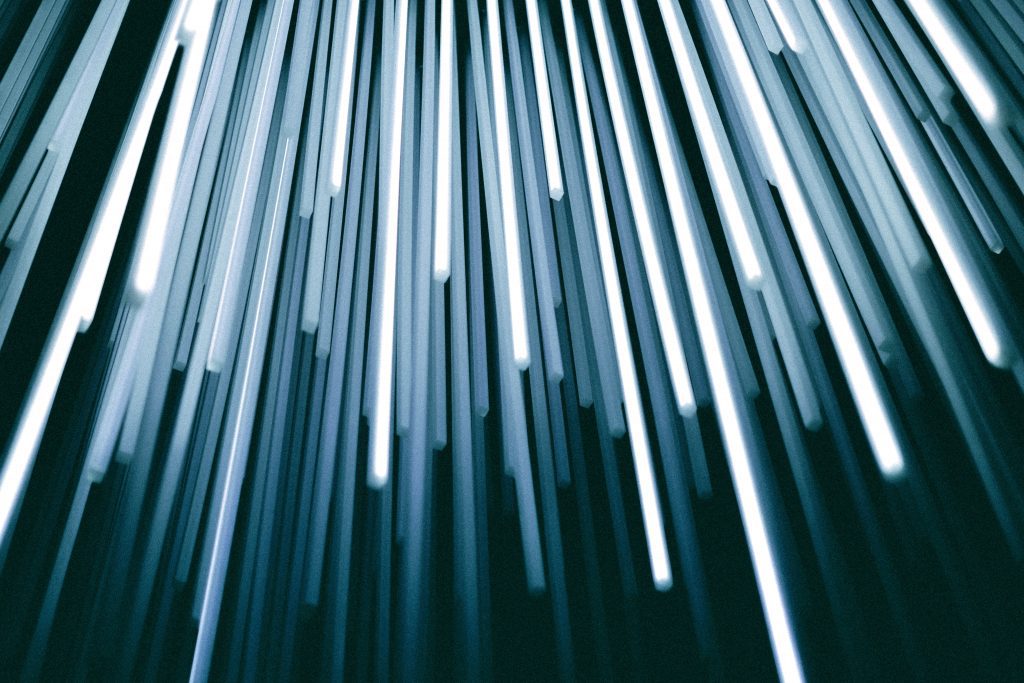Introduction: the role of IoT in water quality monitoring
In recent years, the use of the Internet of Things (IoT) has rapidly grown and expanded into various fields. One of the most important applications of IoT technologies is in water quality monitoring. Water is a vital resource for all living organisms, and maintaining its quality is essential for the survival of both humans and wildlife. Traditional methods of water quality monitoring have limitations in terms of accuracy and real-time data collection. IoT-based water quality monitoring systems have revolutionized the way we monitor water quality parameters.
Challenges with Manual Water Quality Monitoring
Manual methods of checking water quality can take a lot of time and money, and they also have some problems:
- The propensity for human error inherently exists during manual data collection, resulting in potential inaccuracies in water quality readings.
- Compromised data quality may ensue from imprecise or erroneous readings, subsequently increasing the time required for interpreting and extrapolating valuable insights from the obtained data.
- The efficacy and cost-efficiency of manual water quality measurements are suboptimal, as they necessitate significant resource allocation in terms of time and labor.
- Ensuring accurate on-site readings demands comprehensive training and education for the workforce involved in water quality monitoring, which entails additional resource commitments.
- Manual inspection of probes and sensors detracts from time that could be more effectively allocated toward streamlined and enhanced data acquisition procedures.
Benefits of using IoT for water quality monitoring
IoT-based systems offer a range of benefits over traditional methods of water quality monitoring. Firstly, they provide real-time data collection, which enables quick response times in case of any anomalies or sudden changes in water quality parameters. Secondly, IoT systems are highly accurate and reliable, reducing the chances of errors that may arise from manual monitoring. Thirdly, they are cost-effective and require low maintenance, making them an ideal choice for long-term monitoring. Lastly, IoT systems are scalable, and their application can be extended to large areas and multiple locations.
The pros and cons of using IoT technologies for water quality monitoring are summarized in the following table:
| Pros | Cons |
|---|---|
| Real-time monitoring | IoT security and privacy concerns |
| Remote monitoring | Ensuring data quality and reliability |
| Cost-effective solutions | Scalability and interoperability issues |
| Improved accuracy and efficiency | Limited battery life of IoT devices |
| Enhanced data management and analysis | Connectivity challenges in remote areas |
| Early detection of water quality issues | Sensor calibration and maintenance |
| Facilitates proactive water management | High initial investment costs |
| Enables data-driven decision making | Potential data overload and complexity |
| Integration with AI and machine learning | Varying sensor sensitivity and accuracy |
| Better resource allocation and optimization | Environmental impact of IoT devices |
>> Read about Best practices for handling water quality data in the cloud
Key Water Quality Parameters and IoT Sensors
Water quality parameters are the physical, chemical, and biological characteristics of water that determine its suitability for various applications. Some of water quality parameters that can be monitored using IoT devices include:
- pH: a measure of its acidity or basicity. It is important to monitor pH levels because they can affect the solubility and toxicity of certain substances, as well as the overall health of aquatic ecosystems.
- Temperature: water temperature can affect the solubility and toxicity of certain substances, as well as the metabolism and behavior of aquatic organisms.
- Dissolved oxygen: the amount of oxygen dissolved in water is a critical parameter for aquatic life. Low levels of dissolved oxygen can lead to fish kills and other negative impacts on aquatic ecosystems.
- Turbidity: the concentration of suspended particles in water is defined as turbidity, which depreciates the water quality significantly.
- Electrical conductivity: the ability of water to conduct electricity is related to the concentration of dissolved salts and minerals in the water.
- Total dissolved solids (TDS): the amount of inorganic and organic substances present in water, including minerals, salts, and metals.
- Total suspended solids (TSS): the amount of suspended particles in water, including sediment, organic matter, and other pollutants.
- Chemical oxygen demand (COD): the amount of oxygen required to oxidize organic matter in water.
- Biochemical oxygen demand (BOD): the amount of oxygen required by microorganisms to decompose organic matter in water.
- Salinity: the concentration of dissolved salts in water, which can affect the solubility and toxicity of certain substances, as well as the overall health of aquatic ecosystems.
- Nutrient levels: the concentration of nutrients such as nitrogen and phosphorus in water, which can lead to eutrophication and other negative impacts on aquatic ecosystems.
- Heavy metals: the concentration of heavy metals such as lead, mercury, and cadmium in water, which can be toxic to aquatic life and humans.
- Pesticides and herbicides: the concentration of pesticides and herbicides in water, which can be toxic to aquatic life and humans.
- Microplastics: the presence of microplastics in water, which can be harmful to aquatic life and humans..
IoT-based sensors are used to measure these parameters accurately and continuously. The sensors are designed to operate in harsh environments and can withstand extreme temperatures, pressure, and salinity levels.
IoT based Water Quality Monitoring System Design
The design of an IoT-based water quality monitoring system depends on various factors such as the application, location, and the number of parameters to be monitored. Generally, the system comprises of sensors, data loggers, communication devices, and a centralized data management system. The sensors collect the data, which is then transmitted to the data loggers via wireless or wired communication devices. The data loggers store the data and transmit it to the centralized data management system, which processes and analyses it. The system can be accessed remotely using a web-based interface or a mobile application.
Applications of IoT based Water Quality Monitoring
Aquaculture monitoring
Maintaining water quality is crucial for the growth and survival of aquatic organisms such as fish, shellfish, and seaweed. IoT-based water quality monitoring systems can be used to monitor parameters such as dissolved oxygen, pH, and temperature, which affect the growth and survival of aquatic organisms.
Monitoring water quality in rivers, lakes, and oceans
IoT-based water quality monitoring systems can also be used to monitor the quality of water in rivers, lakes, and oceans. These systems can help in detecting pollutants and other contaminants that can have adverse effects on human health and aquatic life.
Industrial and municipal water monitoring
Industries and municipalities generate large amounts of wastewater that require treatment before discharge into the environment. IoT-based water quality monitoring systems can be used to monitor the quality of wastewater and ensure that it meets the required standards before discharge.
Community-based monitoring
IoT-based water quality monitoring systems are great for community-based monitoring. IoT technologies can benefit community-based water quality monitoring programs in several ways:
- Continuous monitoring: IoT devices can continuously collect data on various parameters such as temperature, pH, and oxygen levels, providing a constant stream of data that can be analyzed to identify trends and patterns.
- Real-time monitoring: With IoT-based systems, water can be monitored in real-time from any location in the world using a combination of portable sensors, digital computing devices, communication media, and internet services. This can help detect pollution early and prevent critical situations.
- Improved accuracy: IoT-based sensors can help analyze vital parameters such as pH and turbidity with high accuracy, ensuring the purity of water for humans and ecosystems.
- Predictive maintenance: IoT-based water quality management can identify toxicants present in the water and predict maintenance needs, allowing for proactive measures to be taken to prevent water quality issues.
- Cost-effective: IoT-based systems are cost-effective compared to traditional monitoring methods, which can be expensive and time-consuming.
Overall, IoT technologies have the potential to revolutionize community-based water quality monitoring programs by providing real-time data and insights that can inform decision-making and improve the quality of life for community members.
Conclusion
IoT-based water quality monitoring systems have revolutionized the way we monitor water quality parameters. They offer real-time data collection, accuracy, reliability, cost-effectiveness, and scalability. These systems have a wide range of applications, including aquaculture monitoring, monitoring water quality in rivers, lakes, and oceans, industrial and municipal water monitoring, and community-based monitoring. With the increasing demand for water resources, the use of IoT-based water quality monitoring systems is becoming increasingly important for the sustainable management of water resources.
Next Steps
Round Table Environmental Informatics (RTEI) is a consulting firm that helps our clients to leverage digital technologies for environmental analytics. We offer free consultations to discuss how we at RTEI can help you.


